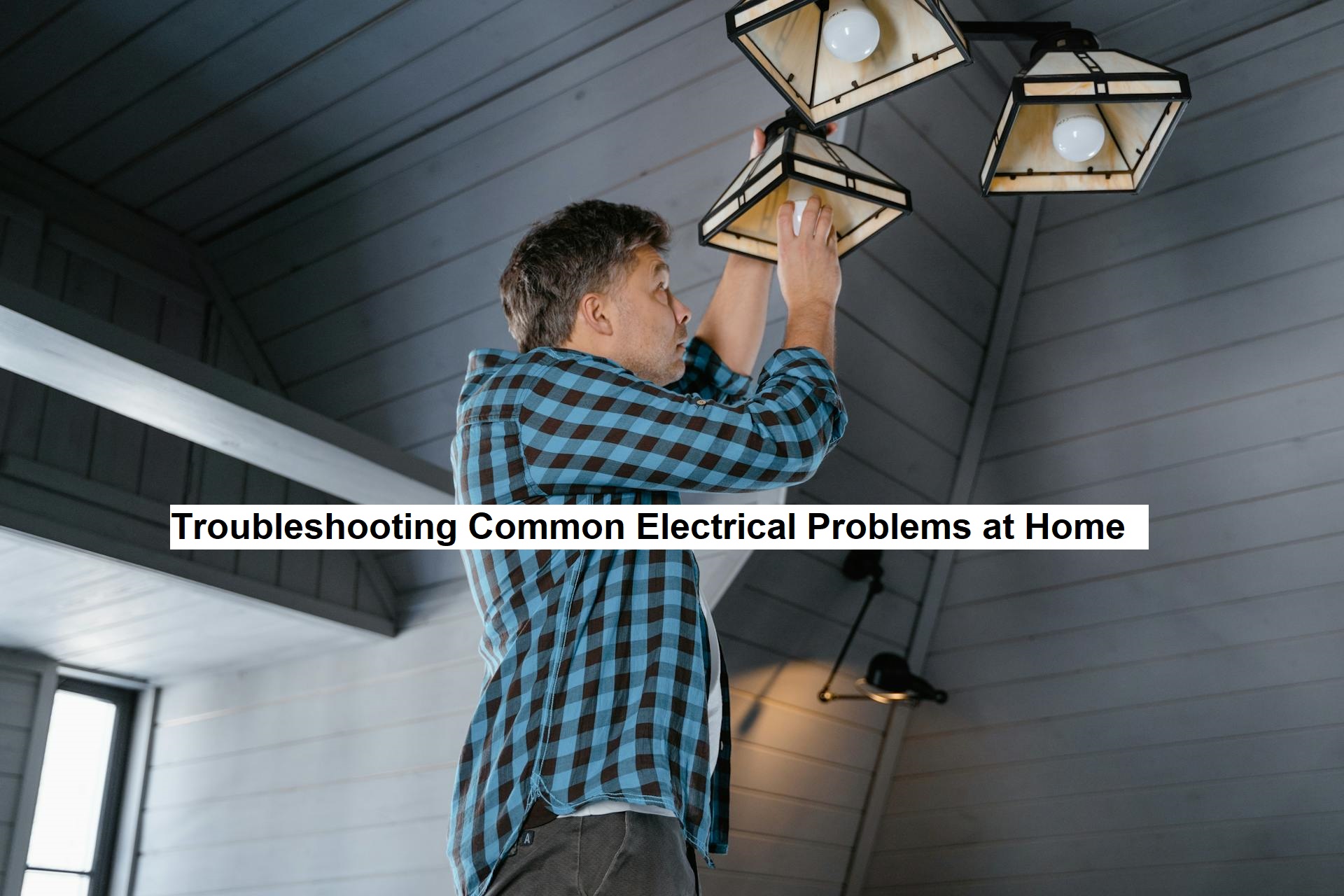Electricity powers our homes, providing convenience and essential services, but electrical issues can disrupt daily life and pose safety risks. Understanding how to troubleshoot common electrical problems is crucial for maintaining a safe and functional living environment. This guide will explore prevalent issues and offer practical solutions to address them effectively.
Flickering Lights
Flickering lights are not just an annoyance; they often indicate underlying electrical issues such as loose bulbs, faulty switches, or voltage fluctuations. Loose bulbs can intermittently lose contact, causing flickering. Worn-out switches may fail to maintain a steady electrical connection. Voltage fluctuations can also lead to flickering lights throughout the house.
To troubleshoot flickering lights, ensure all bulbs are securely screwed in. Check switches for wear or looseness and replace any faulty ones. If flickering persists, consult a qualified electrician to investigate potential voltage problems or wiring issues.
Understanding how to troubleshoot common electrical problems at home is essential for maintaining a safe and functional living environment. For additional guidance and to find quality electrical supplies, consider visiting powerpointelectrics.co.uk. Powerpoint Electrics offers a wide range of electrical supplies and equipment that can aid in resolving common household electrical issues. Their expertise and products are valuable resources for homeowners looking to troubleshoot and address electrical problems effectively and safely.
Circuit Breaker Tripping
Frequent circuit breaker trips indicate an overloaded circuit or a short circuit. An overloaded circuit occurs when too many high-power devices exceed the circuit’s capacity. A short circuit results from direct connections between live and neutral wires or ground faults.
To address circuit breaker trips, redistribute appliances across different circuits to prevent overloading. Unplug devices on the affected circuit and reconnect them one by one to identify the problem. Inspect outlets for damage or wear, as faulty outlets can also trip breakers. For persistent issues, seek professional help from an electrician for a thorough diagnosis and resolution.
Read: Guide to Home Redecoration: Key Considerations and the Importance of Interior Design
Dead Outlets
Discovering a dead outlet could stem from a tripped Ground Fault Circuit Interrupter (GFCI) or loose wiring. Reset the nearest GFCI outlet and check for loose wires. If these steps fail, consider replacing the outlet. Always turn off the power at the circuit breaker before attempting repairs.
High Electric Bills
High electric bills may indicate inefficient appliances, phantom loads from plugged-in devices, or poor home insulation. Upgrade to energy-efficient appliances, use power strips to manage phantom loads, and ensure proper home insulation to reduce heating and cooling costs.
Electrical Shocks
Experiencing mild shocks from appliances or outlets is alarming and could indicate grounding issues or faulty wiring. Avoid contact and immediately turn off the power at the circuit breaker. Have a qualified electrician inspect for proper grounding and any damaged wiring.
Conclusion
While basic troubleshooting helps address some electrical problems, others require professional intervention. Regular maintenance and prompt attention to electrical issues ensure a safe and efficient home environment. By understanding common electrical problems and their solutions, homeowners can safeguard their homes and maintain optimal electrical functionality. Always prioritize safety and consult with a qualified electrician for any concerns about your home’s electrical system.





